Decline in garden birds on Island revealed in latest survey results
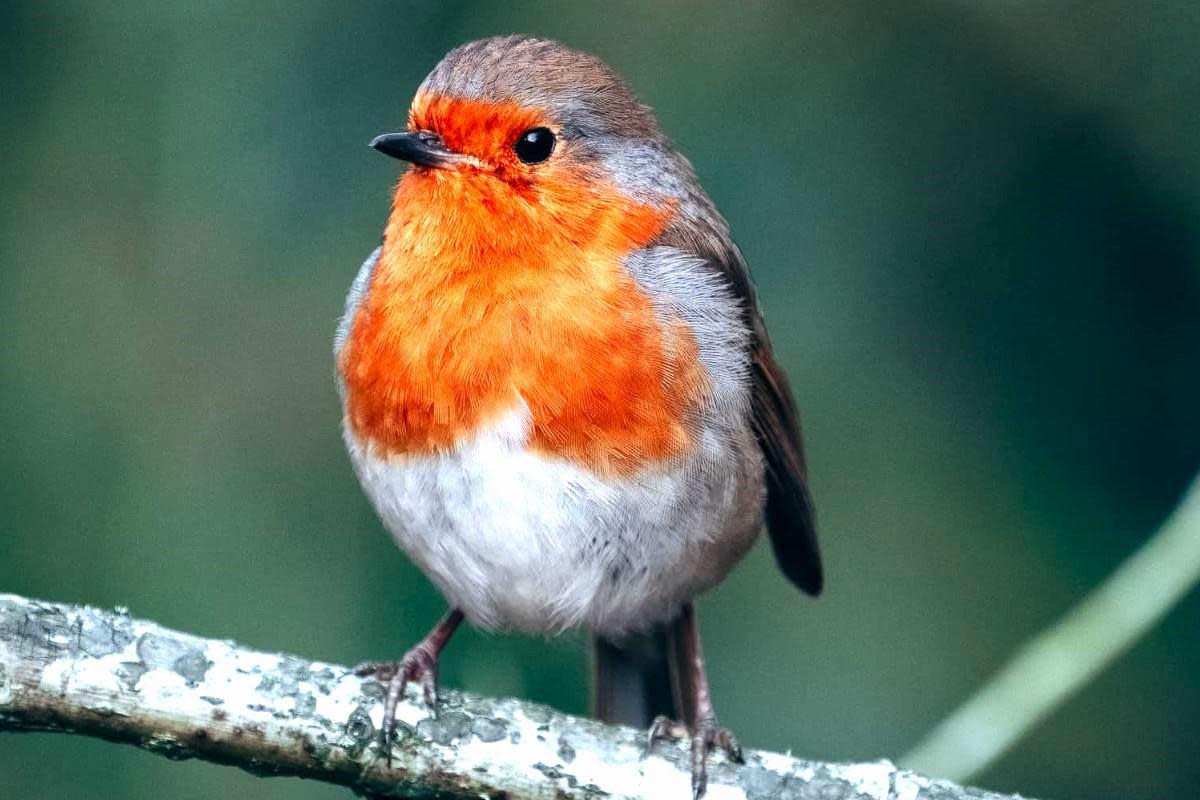
THIS year’s RSPB Big Garden Birdwatch survey has recorded a decrease in the most common birds seen on the Island — significantly in some cases.
The study has seen the blue tit top the charts as the most common bird seen on the Island, despite a slight decrease in numbers recorded.
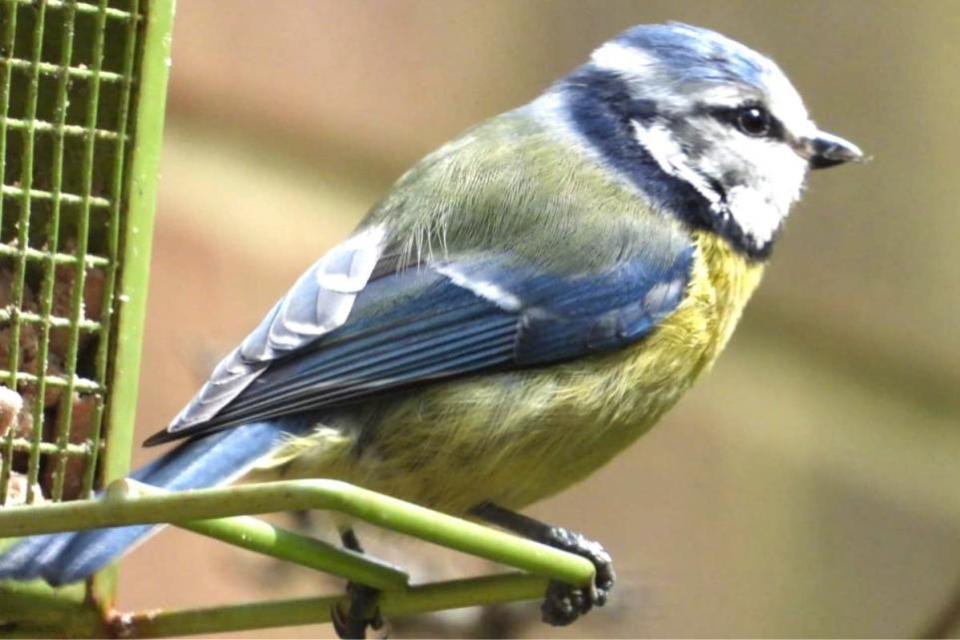
The blue tit, the Island's most common garden bird. (Image: Sue Roberts)
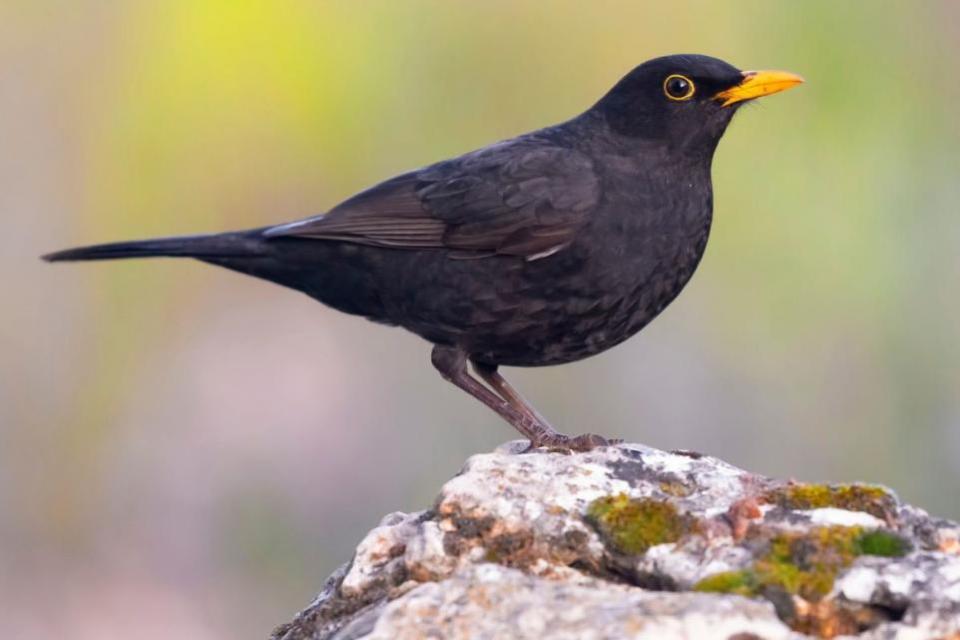
A blackbird, the Island's fourth most common garden bird. (Image: RSPB)
The Island’s second most common garden bird — the house sparrow — which was the most commonly seen Island bird last year, has seen an 18.8 per cent drop in its numbers.
Other commonly seen birds, the woodpigeon and blackbird, fell in numbers by 1.1 and 13.6 per cent respectively compared to last year, as did robins (-4.4), jackdaws (-8.4), starlings (-26.2), goldfinches (-21.1), chaffinches (-27.7), greenfinches (-28) and song thrushes (-40).
Starlings, despite being seventh most common Island species, is on the UK 'Red List' of most threatened species, due to a sharp decline since in its breeding population since the 1960s.
Islanders took part in the 45th annual national RSPB Big Garden Birdwatch survey over three days at the end of January.
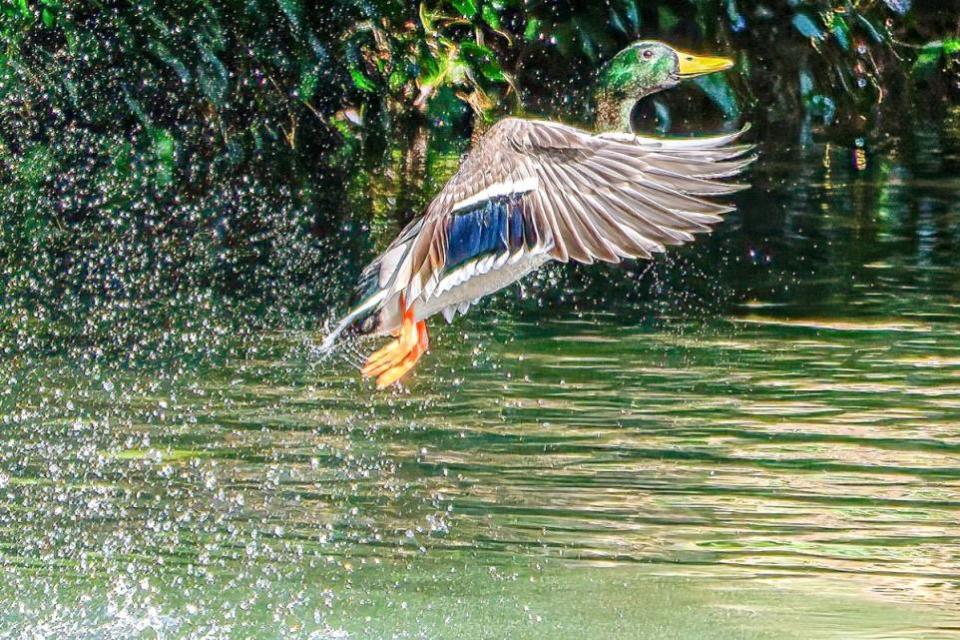
Mallard in flight (Image: Les Lockhart)
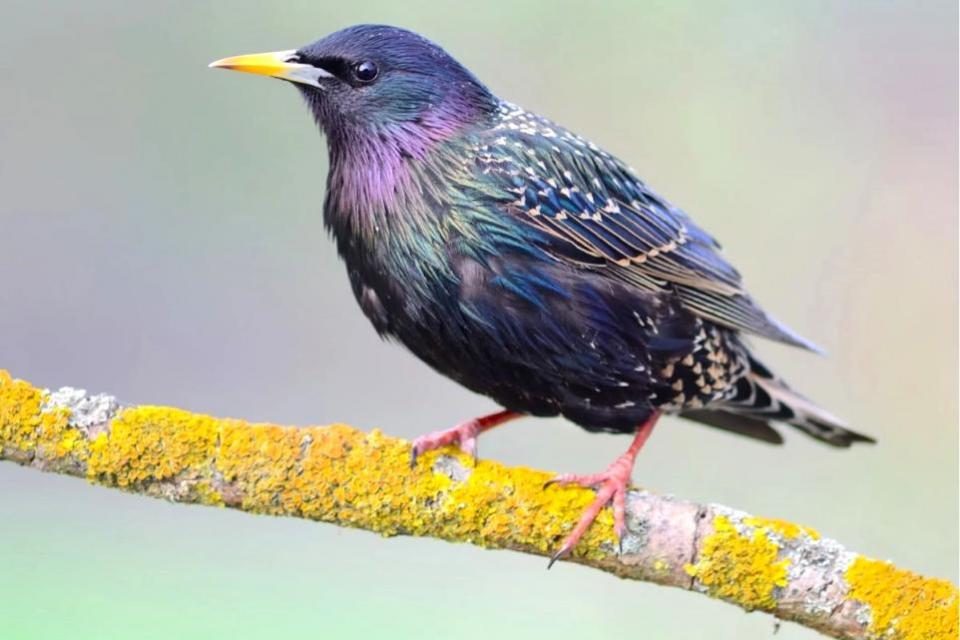
Starlings are an endangered species. (Image: RSPB)
Since 1979, the Big Garden Birdwatch has been the world’s largest garden wildlife survey — providing a vital snapshot of how garden birds are faring in the UK, by asking the public to monitor bird life from their backyards, balconies or back windows, for an hour.
The survey did see big increases in some of the 80 species studied.
Carrion crow, the tenth largest bird species spotted on the Island during the survey, increased by 35.4 per cent, while rook numbers rose by 38.2, common gulls by 89.8 and ravens (202).
Along with redwings, there was also a large jump in other migrant bird visits, such as fieldfare.
The RSPB’s chief executive, Beccy Speight, said: “Last year’s State of Nature report laid out a grim picture, finding there’s been no let-up in the decline of our wildlife over recent decades, with one in six species at risk of being lost from Great Britain.
"However, with seven out of eight households lucky enough to have access to a garden, it is the place where many of us can make a positive difference to the ongoing nature crisis.”

 Yahoo News
Yahoo News 
